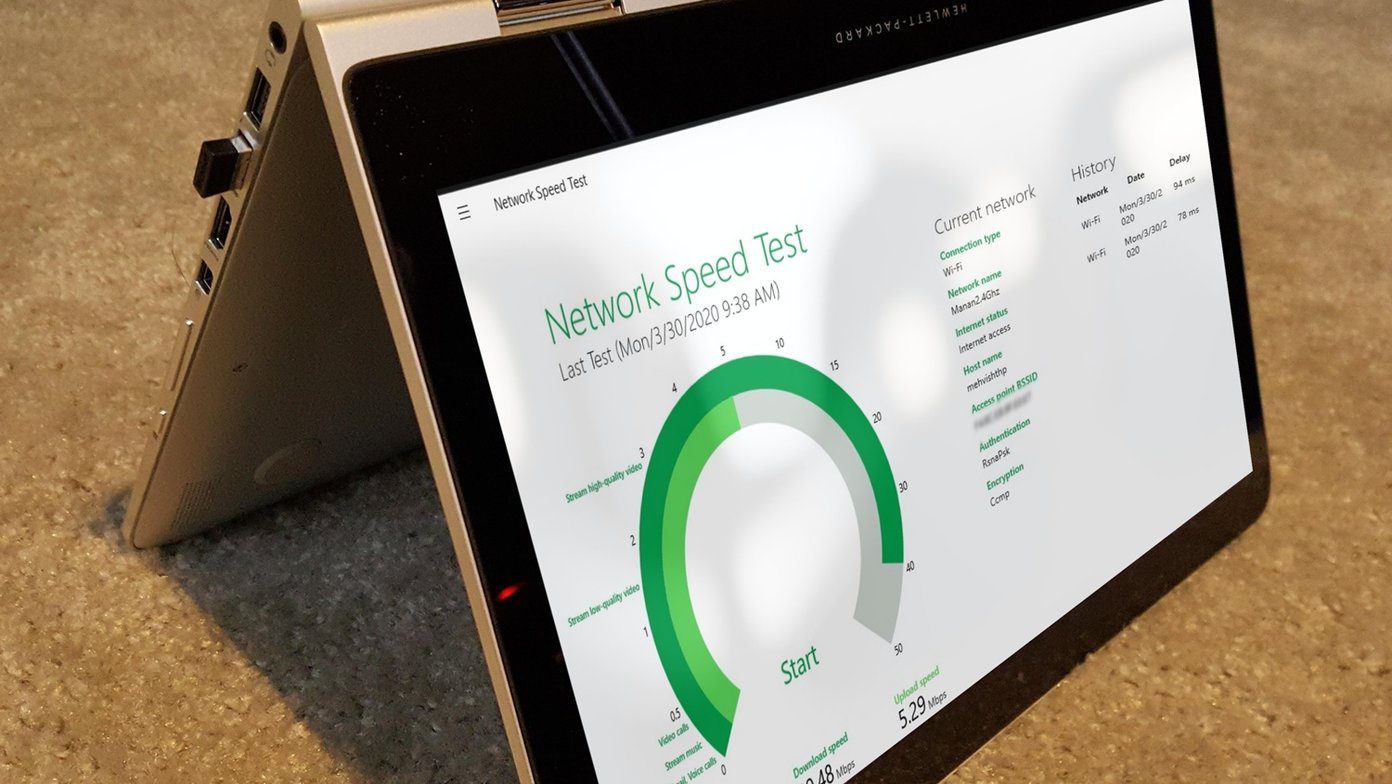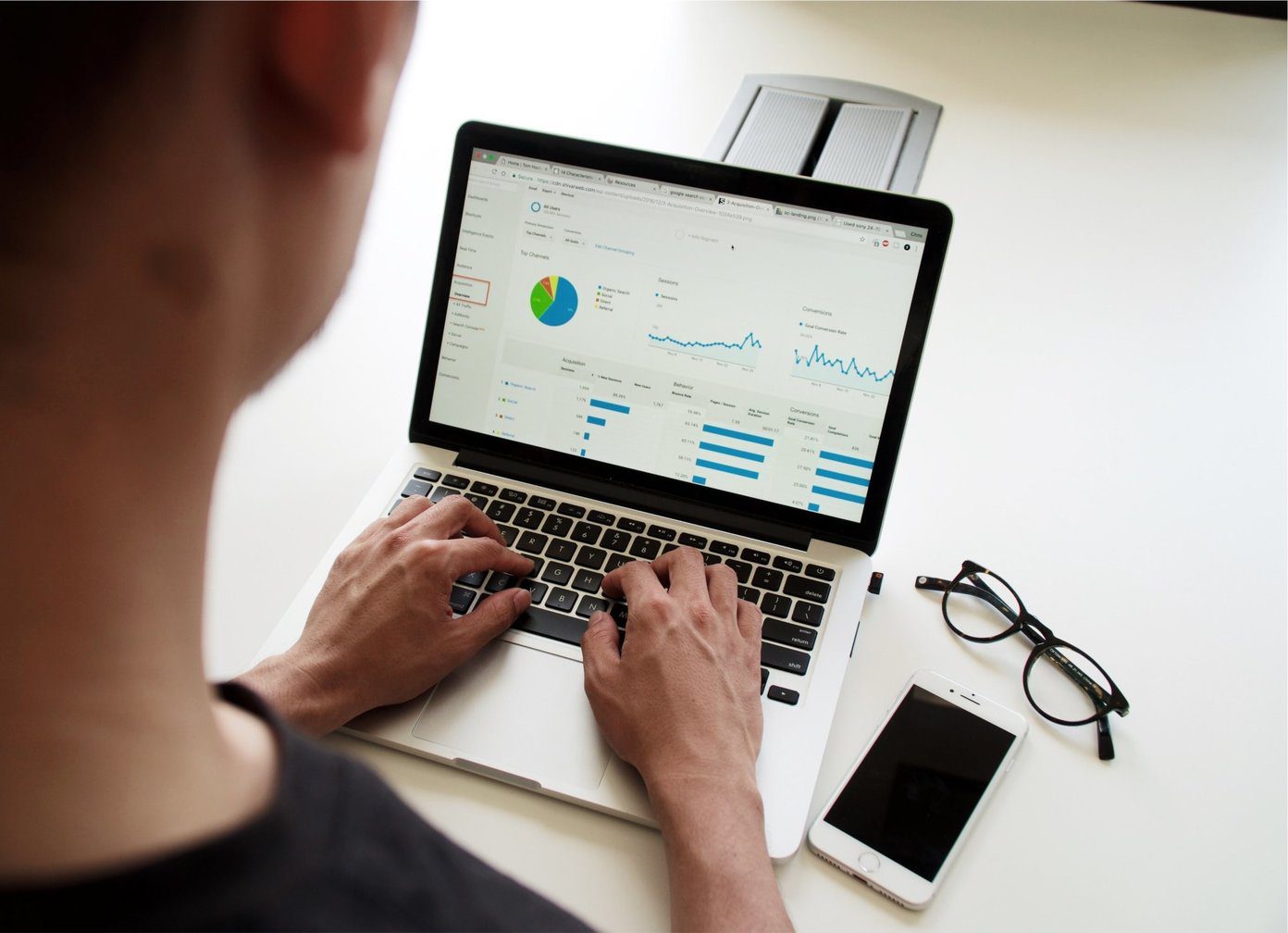Gmail Meter is not a plug-in or software, but an Apps Script which runs on the first day of every month and sends you a monthly detailed report of your Gmail activity. The report is in the form of graphs, pie charts, column charts, and simple numbers. Don’t get turned off – it’s all quite simple to understand.
Set up Gmail Meter
The video below illustrates the process nicely. It starts with creating a spreadsheet in Google Docs (remember Google Docs is now a part of Google Drive). You have to authorize the script to access your Gmail and Google Calendar accounts. Though it’s part of the Script Gallery, Google is not affiliated with this script.
Here are a few cues on how a statistical breakdown could be helpful for us as a productivity tool:
- Are you doing it right? There are quite a few Gmail management tools in the market. Gmail has its own Priority Inbox. The Volume Statistics figure from Gmail Meter gives you breakdown of all your Gmail conversations. For instance, you can decide to delete the unimportant emails and clear up the clutter in your inbox.
- Day to day productivity is tied with how we use email. Do we allocate a specific time or do we multi-task and email when we feel like it? Maybe, the graph of Daily Traffic can show if you are wasting your most productive hours by emailing when you can postpone it for later. Daily Traffic plots when sent messages and the ones you receive during a given month against blocks of time.
- One look at the Weekly Traffic bar chart will tell you if you are good at answering the emails which you get. It displays your overall email activity over the past week.
- Email Categories and its pie chart are indicative of your email management skills. Do you keep a clutter free inbox? Do you label your emails well? Do you clean the trash or leave it to do its own cleanup?
- Top Senders and Top Recipients lets you know the people you communicate with most frequently. I can use this information to set up filters and assign them special labels, so their emails get the most attention in a cluttered inbox.
- Time Before First Response is an important statistic because it tells you whether you are prompt with your replies (and also how much time others take to reply to you). It is a direct indicator of email etiquette and especially important for customer relationships.
- Word Count tells you the average length of your emails. Brief and precise emails are the way to go to retain reader attention. The word count tells you to scale up or down. Similarly, Thread Lengths says whether you participate in long conversations resulting in long threads. They say that 98% of statistics are made up. But not in this case as the information is all there in your Gmail inbox. Gmail Meter just gives it the figures. Do you think Gmail Meter is a tool you would use to analyze your Gmail? How would you use the data? The above article may contain affiliate links which help support Guiding Tech. However, it does not affect our editorial integrity. The content remains unbiased and authentic.









![]()




